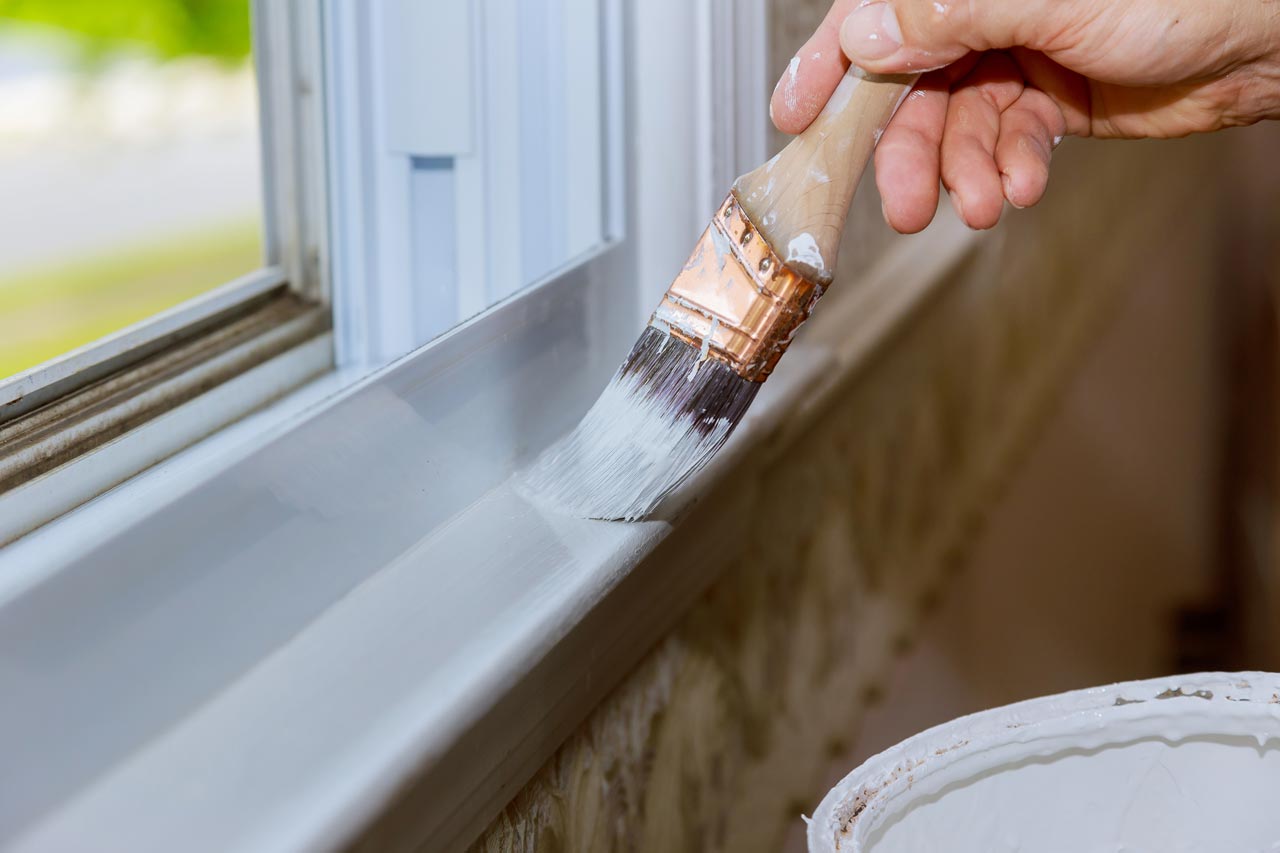
With unique patterns and textures, a tin ceiling adds drama to any room. Find out how much it costs as you research if this type of ceiling is right for you.
Trim or finish carpenters install crown molding


Crown molding requires precision tools and skills; hire a trim or finish carpenter for clean joints and secure placement,
Installation runs $4 to $23 per linear foot, and labor makes up more than 50% of total project cost.
Costs rise with intricate designs, high ceilings, room complexity, and custom molding.
A professional finish enhances aesthetics and can deliver an average 50% to 80% return on investment.
This article was created using automation technology and thoroughly fact-checked and edited by HomeAdvisor Editor Ryan Noonan.
If you are asking who installs crown molding, hire a trim or finish carpenter with experience in interior molding and custom millwork. These pros deliver precise cuts, tight corners, and a polished finish. Confirm that your pro handles tricky corners and irregular ceilings, as the right equipment and techniques make the difference.
Trim and finish carpenters are the best fit for crown molding. They specialize in detailed interior woodwork and produce seamless joints with accurate cuts. With the right tools and methods, they manage irregular ceilings, complex corners, and intricate profiles. You get a built-in, professional look without spending weekends learning compound miters or fixing gaps.
Consider these other advantages of hiring a trim or finish carpenter to install crown molding:
Expert at accurate compound miter cuts for clean corners
Adjusts for out-of-level ceilings and uneven walls
Delivers seamless joints through skilled fitting and coping
Brings specialized trim tools for efficient, precise work
Handles intricate molding profiles and custom designs
Completes caulking, filling, and painting for a finished look
Installs securely with proper adhesives and fasteners
Saves significant time compared with DIY attempts
You can hire a handyperson for small or straightforward crown projects. Many lack the precision tools or experience for compound miter cuts, which crown molding requires. For high-end results or challenging corners, a finishing carpenter delivers better long-term quality. Choose a handyperson when the layout is simple, but call a trim pro when you need flawless joints and detailed profiles. If your project is more complex, you might want to consider finish carpenter near you to ensure the job is done efficiently and correctly.
Pros follow a precise process for reliable results:
Measure rooms and map cuts for corners and angles.
Select materials based on moisture, paintability, and style.
Make precision cuts with miter or coping saws.
Find studs; apply construction adhesive where needed.
Fasten with a nail gun or finishing nails.
Fill seams with caulk or wood filler.
Paint or stain to match the room.
Professional crown molding installation costs $4 to $23 per linear foot, influenced by molding type and room complexity. Intricate designs, high ceilings, and custom profiles increase price. Expect labor to account for more than 50% of total project cost, with materials making up the rest. Installing crown molding can deliver an average 50% to 80% return on investment.
From average costs to expert advice, get all the answers you need to get your job done.

With unique patterns and textures, a tin ceiling adds drama to any room. Find out how much it costs as you research if this type of ceiling is right for you.

Budget for the cost of trim installation based on factors such as material, finishing, trim type, labor, project size, and more.

If you’re planning to install an interior door, you can expect to budget based on door type, material, and the installation method.

Discover how factors such as linear footage, local labor rates, and trim type affect the total cost of painting baseboards.

Budget for mold inspection costs based on factors such as the size of your home, testing type, mold type, location, accessibility, and more.

Learn what goes into window trim installation, from material choices and labor to style and location factors that affect the final result.